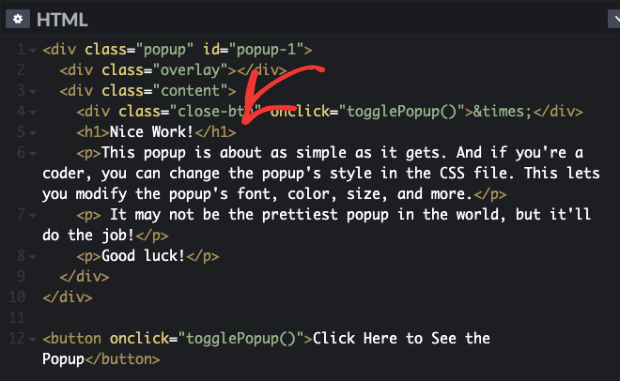

First, I’ll create the HTML template, then add styling using CSS and functionality using JavaScript (JQuery).ĭisclaimer: This tutorial is not intended to help create a cookie policy. In this tutorial, I will take you through the process of building a simple cookie banner. This means that if you want your website to be compliant in the most basic ways, you need to have a Cookie Banner requesting user’s consent. While this directive only covers websites that collect user data through cookies, virtually all websites set cookies that track their users and their behaviour. This is especially in line with the European Parliament’s directive of 2002 guiding personal data and privacy. If you have a website or blog with people visiting or likely to visit from the EU, you will need a cookie warning or popup notice.
Why does my website need a Cookie Banner? Cookies help to monitor and keep track of user’s activities on a website. These packets of data are stored on the visitor’s web browser and can be accessed by a web server also. What are Website Cookies?Ĭookies are small and specific packets of data that a visitor’s computer receives and sends. They are used in websites to ensure users and visitors get the best experience. Let’s pretend I nailed that catchphrase A little background…Ĭookies aren’t as harmful as they appear to be these days. You can set custom HTML colors according to your theme design in which you are going to integrate this popup login form.I’ll assume you just got a task to build a banner for your website’s cookie policy. In order to display this model trigger as a button, define the CSS padding, font size, and outline property. Now decide how do you want to open the modal popup, you can style the “.modal-btn” as a button or a link.
#Html for popup window code
The following is the complete HTML code for login/signup forms. You can place any extra element or remove elements in these forms as your requirements. Login/SignupĪfter that, create a div element with class name “tabs” and place both login and signup forms. We’ve placed an SVG close button in the “modal-close-btn”, if you don’t want to use it, you can replace it with Font Awesome icon. Similarly, create another label and checkbox input that will be used to close the popup model. After this, create a checkbox input associated with “modal-toggle”. You can further style this label as a button or link according to your needs.

In HTML, first of all, we need to create a label element that will be used to trigger the popup model. So, there is no JavaScript used in this login popup form.
#Html for popup window password
Similarly, there is also a collapsible forgotten password input that shown when a user clicks the “Forget Password” link.Īll the functionalities for this project are relay on HTML checkbox input and CSS pseudo sector. In the model popup, there are two main tabs for login and signup forms, social media icons. It allows the users to trigger the popup model by clicking on a button (or link). The design concept for this popup login/signup form is really simple. In order to check it live, don’t forget to browse the demo page. The final output of this project shown in the above image. Besides this, there is also an SVG popup close button and social icons (based on Font Awesome) are placed in the popup model. We’ve used the tabs feature to switch between the login and sign up form. In this tutorial, we are going to build an HTML login/signup form placed in a popup model.


 0 kommentar(er)
0 kommentar(er)
